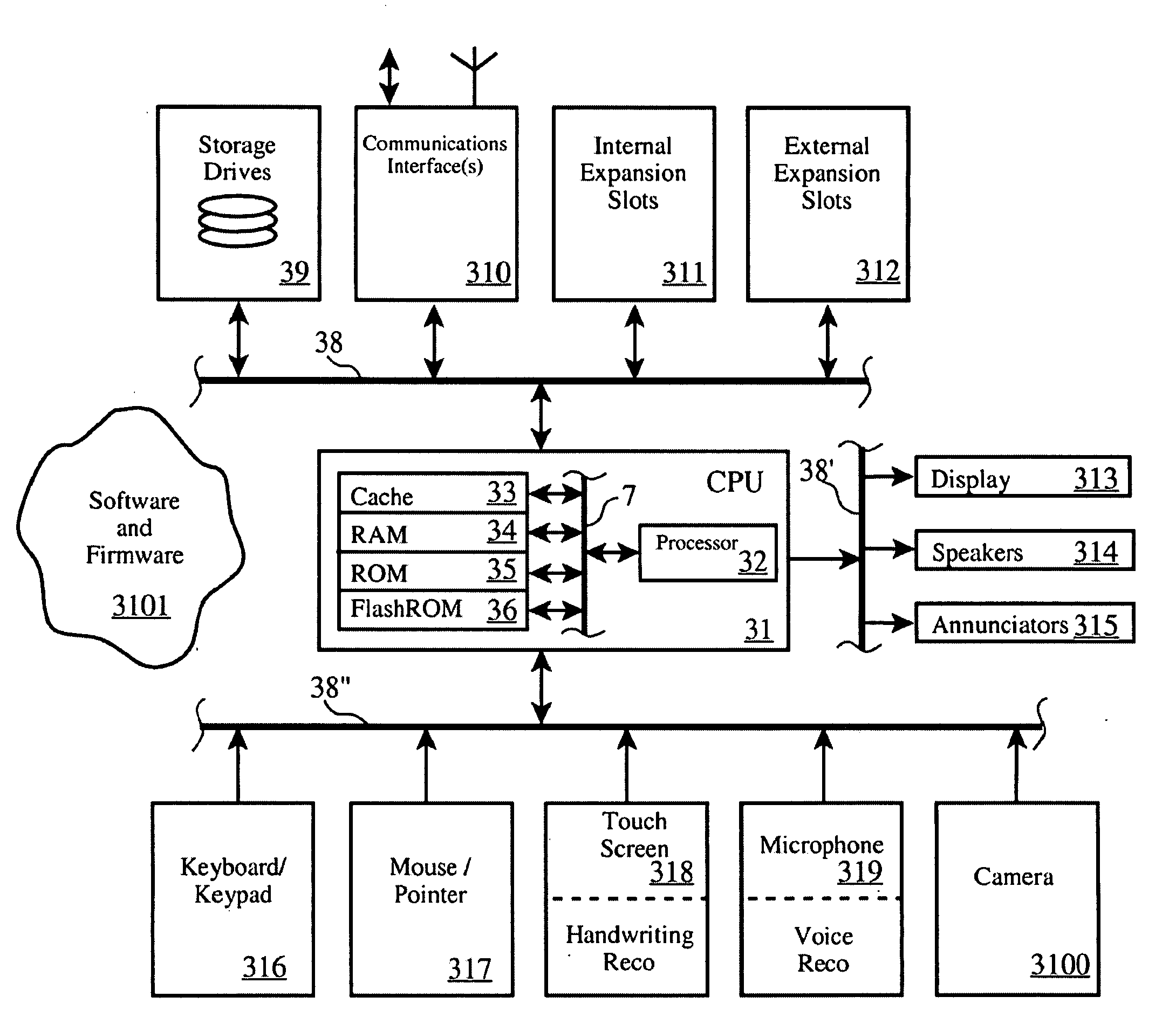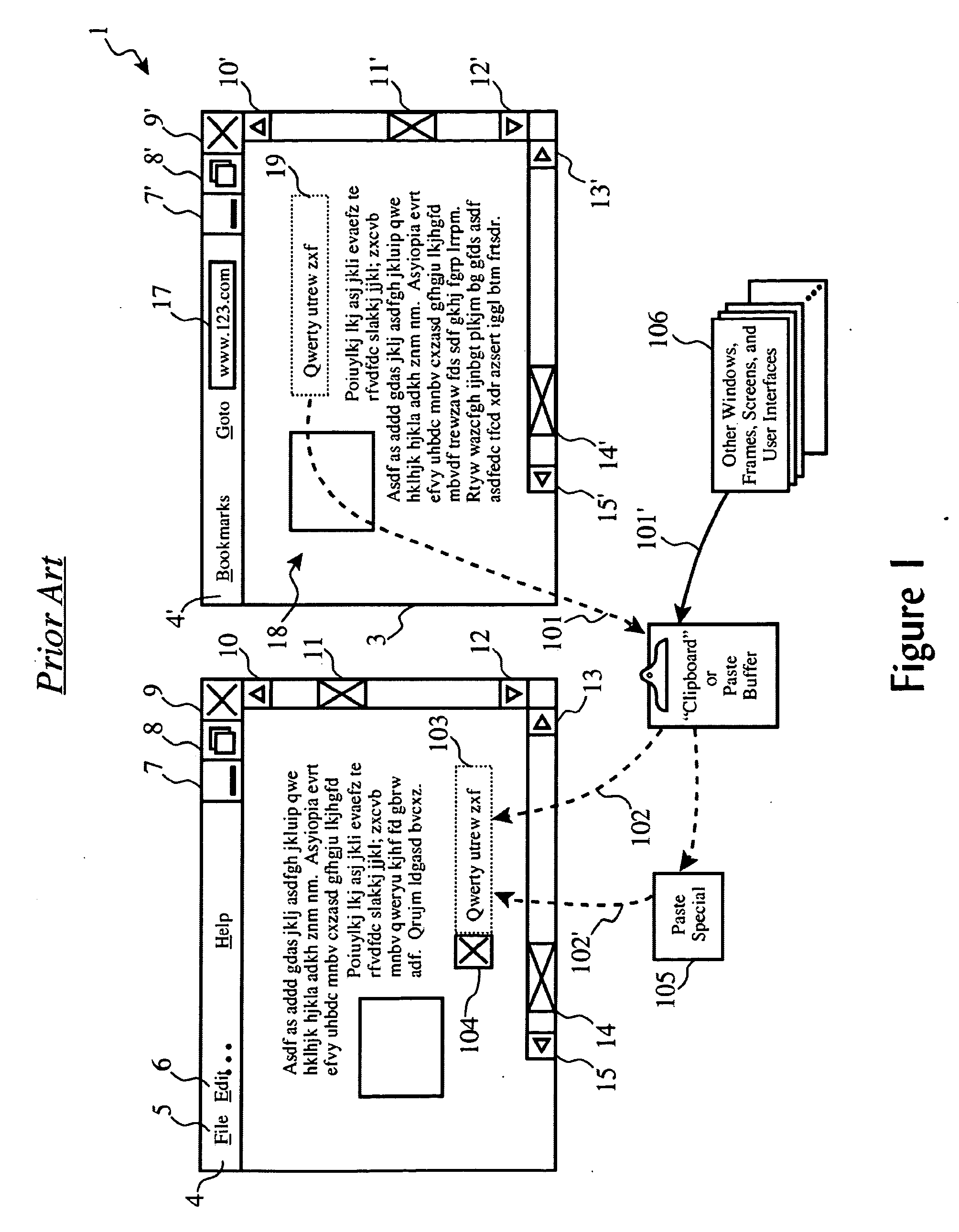System and Method for Automatic Natural Language Translation of Embedded Text Regions in Images During Information Transfer
a technology of text regions and information transfer, applied in the field of automatic natural language translation of embedded text regions in images during information transfer, can solve the problems of difficult and “clunky” use of other systems, inability to accept original content with its original format, and frustration,
- Summary
- Abstract
- Description
- Claims
- Application Information
AI Technical Summary
Benefits of technology
Problems solved by technology
Method used
Image
Examples
Embodiment Construction
[0075]The present invention is preferably realized in conjunction with or as an extension of one or both of the systems and methods described in aforementioned related patent applications. However, it will be readily apparent to those skilled in the art that the present invention may be realized as software or hardware product independently of these related inventions, as well.
[0076]Throughout our disclosure, we will utilize the terms “spoken language” and NLS synonymously. The acronym NLS has varying representation based upon the defining source, but generally relates to spoken and written human-readable language. For example, some sources define NLS as “natural language system”, such as a voice recognition system which recognizes free speech phrases. IBM and Microsoft define the acronym NLS as “national language support”, which encompasses an array of computing system options to adapt the system to geographically local spoken languages, including such options as selection of a def...
PUM
 Login to View More
Login to View More Abstract
Description
Claims
Application Information
 Login to View More
Login to View More - R&D
- Intellectual Property
- Life Sciences
- Materials
- Tech Scout
- Unparalleled Data Quality
- Higher Quality Content
- 60% Fewer Hallucinations
Browse by: Latest US Patents, China's latest patents, Technical Efficacy Thesaurus, Application Domain, Technology Topic, Popular Technical Reports.
© 2025 PatSnap. All rights reserved.Legal|Privacy policy|Modern Slavery Act Transparency Statement|Sitemap|About US| Contact US: help@patsnap.com



